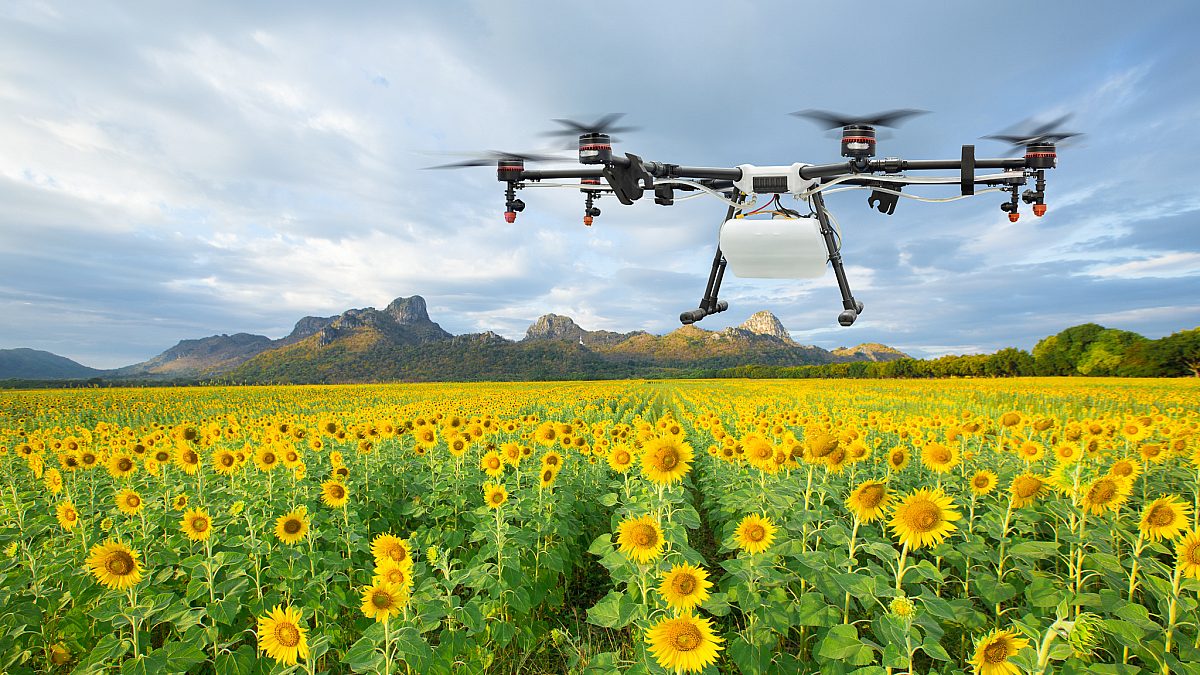Trends and Technology Foster New Links Between Consumers and Agriculture
Guest Author
Special Contributor to FB.org

photo credit: Getty
Guest Author
Special Contributor to FB.org
Download a 60-second audio version of this column at Robert Focus.
Retail grocers and innovative farmers are using technology and new store concepts to address changing demographics, capitalize on new shopping trends, and bring consumers closer to the source of their food.
Smart phones have now become the most important kitchen tool. They 're used to look up recipes, research brands and ingredients, check prices, interact with foodie friends, get advice from experts and key influencers, and trace the origins of food items. Statistics show that food accounts for the most popular posts on Instagram, Pinterest, Twitter, Facebook and other major social media sites. Consumers also use social media to engage directly with farmers.
Grocers and others in the food industry now are scrambling to meet the desires of Millennials, who recently overtook Baby Boomers as the largest working population in the U.S. A recent study conducted by Deloitte, the Grocery Manufacturers Association and the Food Marketing Institute showed that beyond the traditional drivers of taste, price and convenience, more than half of Millennials make purchase decisions by weighing "evolving drivers" — including health and wellness, safety, social impact, experience and transparency.
Millennials treat grocery shopping as part of their social activities. They 'll meet for coffee, an in-store restaurant experience or cooking class and then pick up a few groceries. They 're willing to save on budget items in order to spend more on select luxury foods, often meeting friends to build their shopping trip around a particular recipe. Upscale markets have even become hot dating sites in some urban areas.
Grocery stores are retooling to accommodate consumers ' changing tastes to include more story-telling as part of the shopping experience. With more than 80 percent of the U.S. population living in urban areas, few consumers will ever visit a farm. Retailers and farmers are using technology and innovative new store concepts to bring farms to consumers.
- A new Whole Foods flagship store in Alpharetta, Georgia, features interactive digital elements like Instagram feeds to show produce being grown at local farms which supply the store.
- BrightFarms Hydroponic Gardens is working with more than a half dozen grocery chains to build and manage hydroponic greenhouses on store rooftops, or in nearby parking garages and empty lots. Farmers trained by BrightFarms will grow tomatoes, salad greens and herbs for local sale and delivery. They 're also planning a 100,000 square foot farm in Brooklyn that will be able to grow a million pounds of produce each year.
- The Farmery is developing a transportable "aquaponics store" made of stacked shipping containers. Reversible growing panels will allow customers to pick their own strawberries and leafy greens. Empty panels can be replaced by new panels from other containers stacked above the store level.
- Wegmans Food Markets recently announced a new, on-site mill in the bakery of its Pittsford, New York, location. The first-of-its-kind, the mill will be used to grind raw grains, featuring Einkorn and rye sourced from a nearby farm.
Commodity groups are also fostering innovation. The California Avocado Commission is receiving accolades for its creative approach to connecting with shoppers during the Super Bowl. Every time a food or beverage commercial aired, they posted Twitter links to videos showing how California avocados would pair with it – from beer to soft drinks, snacks to grilled foods and even candy bars.
More innovation is coming still! Consumers already can use their phones to scan bar codes or read Radio Frequency Identification tags in a grocery store to see ingredients, look up recipes and get more of the story behind their food. Increasingly, customers are able to use their phones to learn more about the farms or ranches where their food was grown, or even chat with the farmer who grew it.
Thanks to social media tools, more farmers are making farm and ranch life come alive for consumers. This increased interaction is more important now with fewer and fewer consumers living near a farm or ranch. Innovative shopping trends and technology are bringing consumers and farmers closer together than ever before.
Robert Giblin writes, speaks and consults about agricultural and food industry issues, policies and trends.
Trending Topics
VIEW ALL